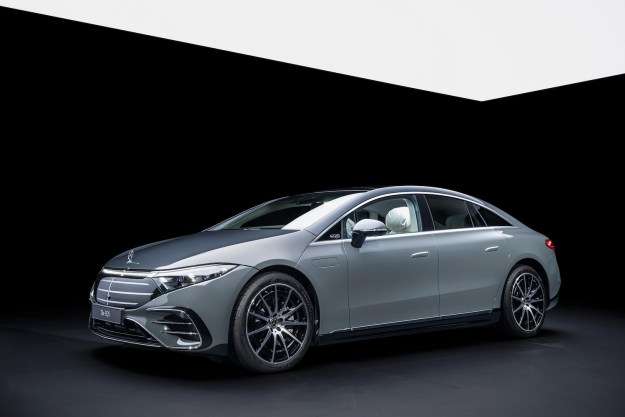
That’s the case with McLaren, which just built its 10,000th car at a factory in Woking, England that did not exist in 2010. The 10,000th McLaren was a Ceramic Grey 570S coupe, and will be preserved by the company for posterity. The car rolled off the assembly line at the McLaren Production Centre just over five years after the first car to be built there, an MP4-12C.
McLaren has made impressive progress in that time. The MP4-12C was a cutting-edge supercar when it debuted in 2011, but it’s already been surpassed by the “Super Series” 650S and 675LT, and supplemented by the lower-level “Sports Series,” which includes the 570S coupe and convertible, as well as the 570GT hatchback and the less-powerful 540C model sold only in Europe and Asia. The P1 hybrid also came and went within that timespan.
While it has been a successful racing team for decades, McLaren only recently got serious about building road cars. It built the legendary F1 supercar in very limited numbers in the 1990s, and then launched the SLR McLaren in the early 2000s in a joint venture with Mercedes, which was its Formula One racing partner at the time. It was only in 2011, with the launch of the MP4-12C, that McLaren decided to engineer and build its own road cars in significant numbers.
While McLaren didn’t build its 5,000th car until 42 months after the 12C’s launch, it only took 22 months to build the next 5,000. That’s largely due to the introduction of the Sports Series models, which are less expensive than their Super Series counterparts, and were designed with higher-volume production and a wider audience in mind.
McLaren expects to sell a total of 3,000 cars globally this year, compared to 1,654 last year. While the company is chasing higher volumes in its quest to challenge more established brands like Ferrari, Lamborghini, and Porsche, it hasn’t lost its touch for limited-edition exotica. It’s currently cooking up a successor to the F1 and P1 that will be limited to 106 units. The entire run is sold out, even though no one outside McLaren has even seen the car yet.


